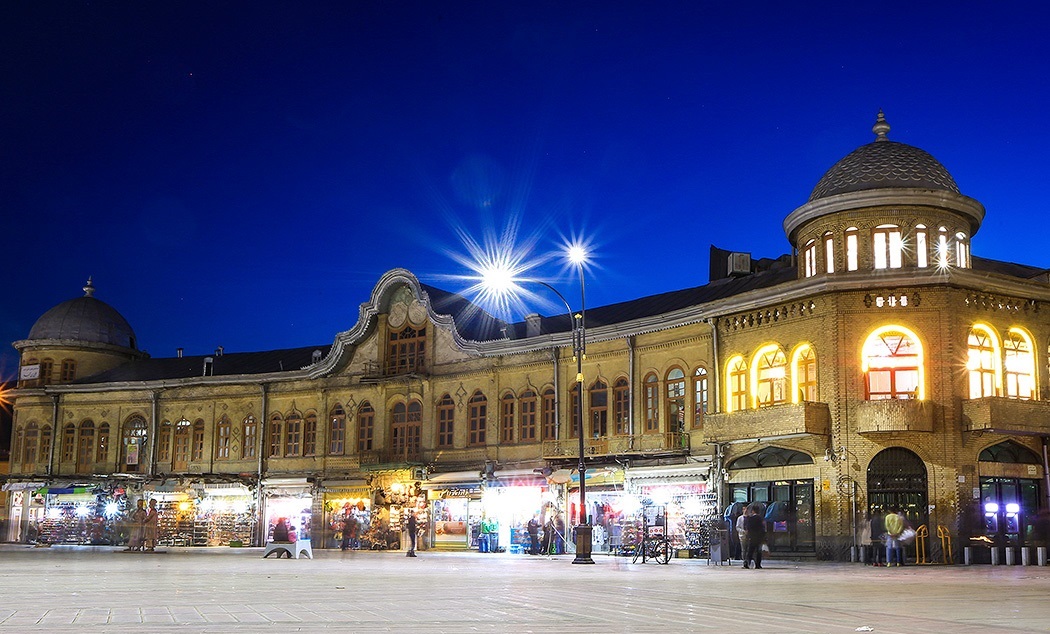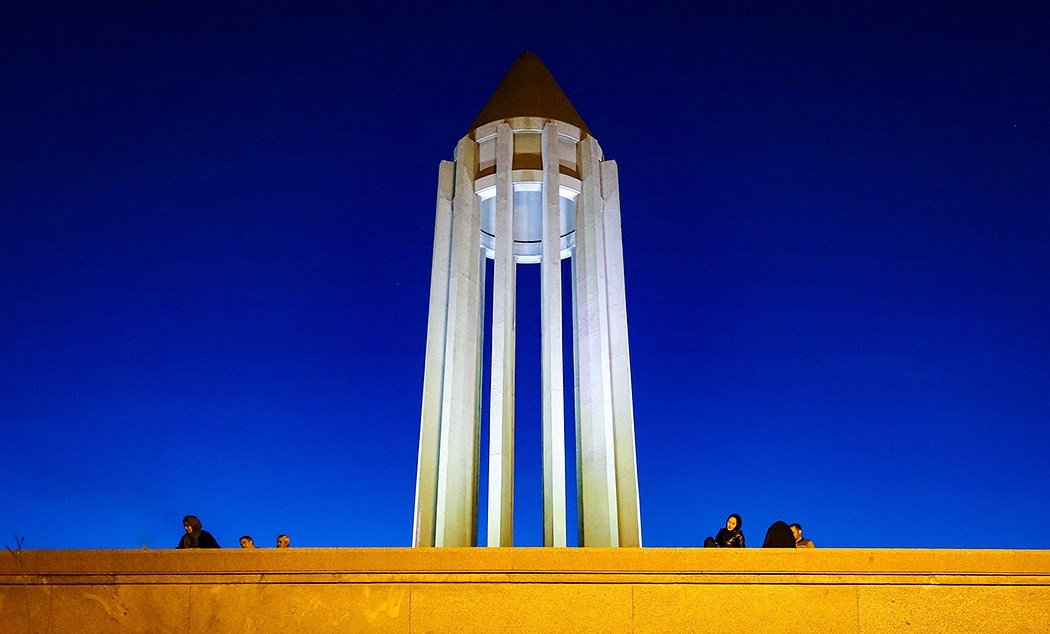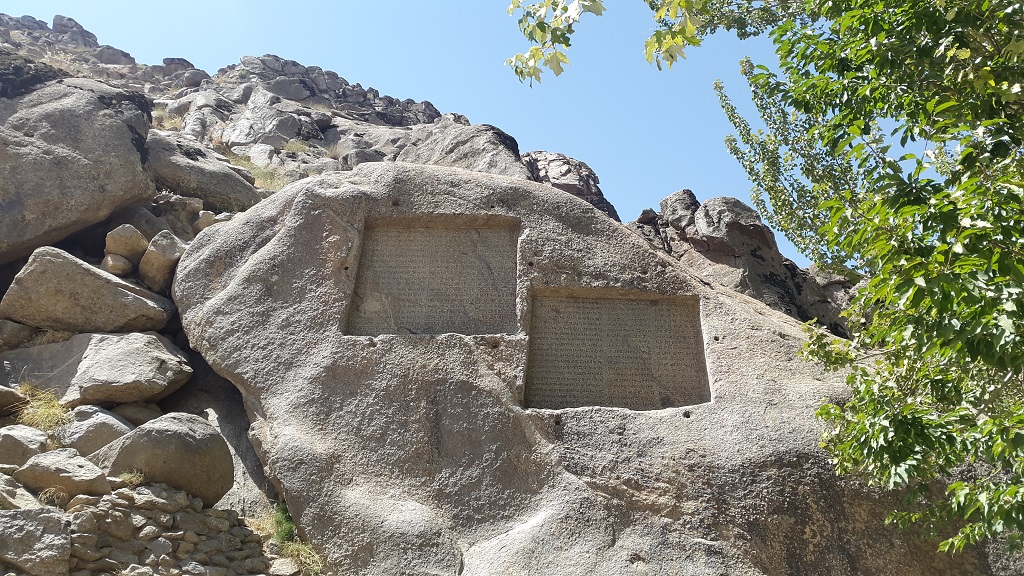Hamedan: A Cultural and Historical Jewel of Iran
Hamedan: A Cultural and Historical Jewel of Iran
The City Host of the 29th International Theater Festival of Children and Youth
Hamedan, one of Iran's oldest cities, is a storied landscape of ancient civilizations, legendary figures, and rich cultural traditions. Known in antiquity as Ecbatana, the city is not only the capital of Hamedan Province in western Iran but also one of the oldest continuously inhabited cities in the world. Nestled in the foothills of the Zagros Mountains, Hamedan boasts a unique climate shaped by its high elevation, offering cool summers that make it a popular seasonal retreat and a fascinating destination for those intrigued by diverse climates.

Historical Legacy and Heritage
Hamedan's roots trace back over three millennia. It was once the capital of the Median Empire and later an essential site for the Achaemenid Empire. This deep history is evident in sites like the Ganjnameh Inscriptions, carved into the rocks during the reign of Darius the Great and his successor, Xerxes. These ancient Persian and Babylonian inscriptions are among Iran's most significant historical artifacts, offering glimpses into the early Persian imperial vision and governance.
Another critical historical site is the Tomb of Avicenna, the esteemed Persian polymath who left an indelible mark on medicine, philosophy, and science. Avicenna's contributions resonated far beyond Iran, influencing medieval European thought and inspiring generations of scholars. His tomb in Hamedan is a monument to his legacy and a cultural attraction, drawing visitors and scholars worldwide.
Alavian Dome is another architectural marvel dating back to the Seljuk era. The dome exemplifies Hamedan's rich artistic heritage with intricate stucco work and Islamic art. These historical sites, combined with other landmarks like Baba Tahir's tomb, a mausoleum dedicated to the mystic poet Baba Tahir, underscore Hamedan's importance in the history of Persian culture.

Cultural Significance and Handicrafts
Hamedan is also celebrated for its vibrant cultural traditions and renowned handicrafts, mainly its pottery and ceramics. The city's artisans have preserved pottery-making techniques passed down through generations, creating exquisite pieces that testify to their skill and dedication. The "Lalejin" pottery, named after a village near Hamedan, has even earned UNESCO recognition as an Intangible Cultural Heritage of Humanity. These vibrant ceramics, decorated in distinctive shades of blue and green, are symbols of Hamedan's creative spirit and craftsmanship and a reason to appreciate the city's rich cultural heritage.
In Hamedan, two prominent cultural festivals stand out for their contributions to theater and cinema:
The Hamedan International Theater Festival for Children and Youth and the Iranian Film Festival for Children and Youth are highly regarded for promoting artistic expression and cultural exchange.

Iranian Film Festival for Children and Youth
Iranian Film Festival for Children and Youth is the country’s premier festival focused on cinematic works for younger audiences. Although the festival’s main venue has shifted between various cities, including Isfahan, Hamedan has periodically served as a secondary host, especially for screenings and workshops. This festival promotes films exploring themes relevant to children and youth, offering entertainment and meaningful messages.
Hamedan International Theater Festival for Children and Youth
The Hamedan International Theater Festival for Children and Youth is an annual event that has become a central attraction for theater enthusiasts from Iran and beyond. Since its inception in 1991, the festival has aimed to promote creativity, cultural exchange, and the importance of theater in children’s lives. With a focus on youth as both audience members and participants, the festival includes various performances, such as plays, puppetry, storytelling, and interactive theater, each tailored to engage younger viewers. Workshops are also held for aspiring young artists, allowing them to explore various aspects of theater, including acting, directing, and stage design.
Each year, the festival attracts international theater groups and artists, enriching the event with a global perspective. This exchange has not only inspired local artists but also provided them with opportunities to collaborate with global practitioners, fostering a sense of connection to the larger artistic community. This further enhances Hamedan’s status as a cultural hub. The festival not only fosters a love for theater among children and young people but also brings visitors to Hamedan, boosting the city’s cultural tourism and engaging the local community in arts education.